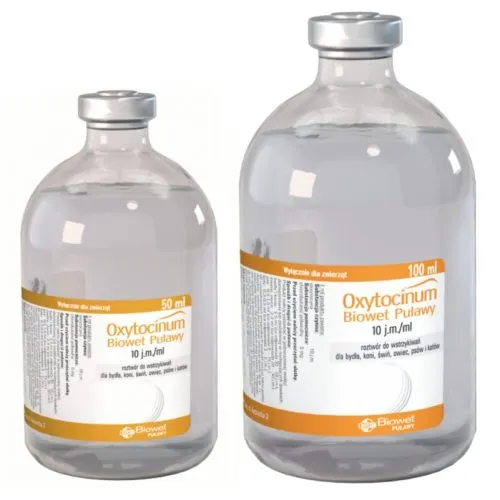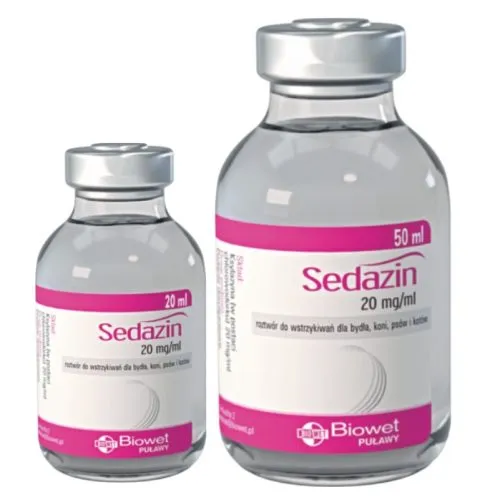Description
Ketamina Biowet Puławy 100 mg/ml, solution for injection for dogs and cats
Statement of the active substance(s) and other ingredient(s)
Each ml contains
Active substance:
Ketamine – 100 mg
(ketamine hydrochloride – 115.34 mg)
Excipient:
Chlorobutanol hemihydrate – 3 mg
Clear, colourless liquid.
Target species
Dogs, cats
Indications for use
Short-lasting general anaesthesia for minor surgeries requiring analgesia, such as: removal of tartar, removal of foreign bodies from the oral cavity and the oesophagus, incision of abscesses, dressing change, x-ray examinations, clinical examinations of aggressive and excitable animals.
Long-lasting general anaesthesia in combination with other anaesthetics to induce general anaesthesia, for example in operations of fractures, reduction of dislocation, castration, amputation, caesarean section, laparotomy.
Contraindications
Do not use in animals with circulatory failure, hypertension, liver or kidney damage.
Do not use in animals with epilepsy, ocular hypertension, open globe injuries and head injuries.
Do not use in case of hypersensitivity to ketamine or chlorobutanol.
Special warnings
Special warnings:
Do not give any food to animals within 12 hours before administration of the product.
Abdominal surgeries require administration of appropriate analgesics, as ketamine does not relieve visceral sensations.
As ketamine does not eliminate laryngeal reflex, increases salivation and tracheobronchial secretion in procedures on the nasopharynx, larynx, trachea and bronchi, as well as in endoscopy, the product should be used in combination with agents relieving the aforementioned effects of ketamine.
Special precautions for safe use in the target species:
Ketamine may increase salivation and airway secretions, which may lead to choking and airway obstruction.
During anaesthesia, remember to protect eyes against drying of the cornea.
During recovery of animals anaesthetised using ketamine, the following symptoms might occur: hallucinations, delirium, ataxia, hypersensitivity to touch, hyperreactivity, aggression. During recovery, animals should be provided with peace and quiet and protection against self-mutilation.
In case of excessive loss of blood, the ketamine dose should be reduced.
As ketamine increases the heart rate and myocardial oxygen demand, it must be used with caution in patients with cardiomyopathy.
Ketamine causes moderate respiratory depression, frequently reduces the respiratory rate and respiratory volume. After ketamine administration, a characteristic type of respiration occurs involving long periods of apnoea after intake of breath. Therefore, during anaesthesia, cardiovascular and pulmonary function should be monitored.
Special precautions to be taken by the person administering the veterinary medicinal product to animals:
This veterinary medicinal product is a highly potent drug. Special caution should be taken to avoid self-injection. In case of accidental self-injection, the person administering the product may experience analgesia, and after approximately 10 minutes loss of consciousness persisting for 10 to 15 minutes. Upon recovery, the person may experience amnesia and hallucinations. In case of accidental self-injection, seek medical advice immediately and show the package leaflet or the label to the physician. Do not drive. In case of contact with skin or mucous membranes, flush the affected area with water immediately.
Pregnancy:
Do not use in pregnant animals, except during the caesarean section procedure.
Lactation:
Do not use during the lactation period.
Interaction with other medicinal products and other forms of interaction:
Xylazine, detomidine, medetomidine, acepromazine prevent seizures that may accompany ketamine-induced anaesthesia.
Ketamine action is enhanced by other agents that weaken the function of the central nervous system.
Narcotic agents, barbiturates, diazepam may prolong recovery.
Chloramphenicol may prolong the anaesthetic action of ketamine.
Neuromuscular blockers, e.g. succinylcholine and tubocurarine, may enhance or prolong respiratory depression.
Thiopental prevents ketamine-induced brain metabolism and dilation of cerebral vessels.
Atropine prevents excessive salivation after ketamine administration.
Overdose:
Exceeding the recommended doses induces respiratory depression. A dose eight times the recommended dose causes respiratory paralysis, whereas a dose twelve times the recommended dose leads to circulatory arrest.
Administration of excessively high doses of the drug might induce vomiting and muscle tremor.
In case of an overdose, mechanical resuscitation methods should be considered – maintain respiration and do cardiac massage.
Special restrictions for use and special conditions for use:
The product is intended to be administered only by a veterinarian.
Major incompatibilities:
Do not use ketamine simultaneously with barbiturates due to their chemical incompatibility.
Adverse events
| Very rare (< 1 animal/10 000 animals treated, including isolated reports):
| Respiratory depression1, pulmonary oedema Hypertension, tachycardia, cardiac arrest Seizures |
| Frequency unknown (cannot be determined on the basis of available data):
| Increased muscle tension, spasticity, tonic muscle contractions Increased salivation, vomiting Mydriasis, nystagmus, loss of the palpebral reflex2 Vocalisation3 |
1 moderate
2 may lead to dryness of the cornea
3 may occur during emergence
Reporting adverse events is important. It allows continuous safety monitoring of a product. If you notice any side effects, even those not already listed on this label, or you think that the medicine has not worked, please contact, in the first instance, your veterinarian. You can also report any adverse events to the marketing authorization holder using the contact details found at the end of this leaflet, or via your national reporting system: Department for Documentation Assessment and Pharmacovigilance of Veterinary Medicinal Products, Office for Registration of Medicinal Products, Medical Devices and Biocidal Products, Al. Jerozolimskie 181C, PL-02-222 Warsaw, Tel.: +48 22 49-21-687, Fax: +48 22 49-21-605, https://smz.ezdrowie.gov.pl.
Dosage for each target species, route(s) and method(s) of administration
Intramuscular or intravenous administration.
Before administration of ketamine, use premedication by injecting atropine in a dose of 0.05 mg/kg body weight intramuscularly or subcutaneously.
Dogs:
2–5 mg of ketamine/kg body weight intravenously
5–15 mg of ketamine/kg body weight intramuscularly
Cats:
5–15 mg of ketamine/kg body weight intramuscularly
Administration of ketamine simultaneously with other anaesthetics and premedication agents before general anaesthesia:
| Cats: | administer atropine in a dose of 0.05 mg/kg body weight by intramuscular injection, followed by xylazine or diazepam, and after a few minutes ketamine in a dose of 5–15 mg /kg bodyweight |
| Dogs: | administer atropine in a dose of 0.05 mg/kg body weight by intramuscular injection, followed by an antipsychotic (diazepam, medetomidine or xylazine), and after 5 to 10 minutes ketamine in a dose of 3 mg /kg body weight intravenously, or 10 mg/kg body weight intramuscularly. |
Onset of general anaesthesia will start after 3 to 5 minutes following intramuscular injection. Ketamine action usually lasts for 20 to 45 minutes. The higher the dose, the longer the duration of anaesthesia.
Dose size does not impact anaesthetic depth.
Majority of animals are able to get up after approximately 2 hours.
Advice on correct administration
In case of intravenous administration, warm the veterinary medicinal product to body temperature and inject slowly.
Withdrawal period(s)
Not applicable
Special storage precautions
Keep out of the sight and reach of children.
Store below 25 ℃.
Protect from light.
Do not freeze.
Do not use this veterinary medicinal product after the expiry date which is stated on the label after EXP. The expiry date refers to the last day of that month.
Shelf life after first opening the immediate package: 28 days
Special precautions for disposal
Medicines should not be disposed of via wastewater or household waste.
Use take-back schemes for the disposal of any unused veterinary medicinal product or waste materials derived thereof in accordance with local requirements and with any applicable national collection systems. These measures should help to protect the environment.
Ask your veterinary surgeon how to dispose of medicines no longer required.
Classification of veterinary medicinal products
Veterinary medicinal product subject to prescription.
Marketing authorisation numbers and pack sizes
319/97
Pack sizes:
10 ml
50 ml
Date on which the package leaflet was last revised
31/12/2024
Detailed information on this veterinary medicinal product is available in the Union Product Database (https://medicines.health.europa.eu/veterinary).
Contact details
Marketing authorisation holder and manufacturer responsible for batch release:
Biowet Puławy Sp. z o.o.
Henryka Arciucha 2
24-100 Puławy
Poland
Tel./Fax: + 48 (81) 886 33 53, Tel.: + 48 (81) 888 91 00
e-mail: sekretariat@biowet.pl
Contact details to report suspected adverse events:
Biowet Puławy Sp. z o.o.
Henryka Arciucha 2
24-100 Puławy
Poland
Tel: + 48 (81) 888 91 33, + 48 509 750 444
e-mail: biowet@biowet.pl
SPC 2024-12-31
2025-03-21






